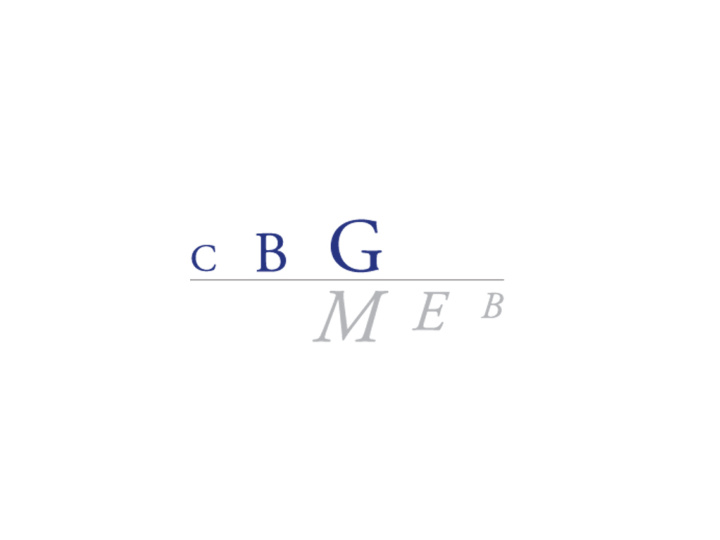



0 6-3-2013
Medication-errors w orkshop 2 8 February-1 March 2 0 1 3 Regulatory tools for risk m inim isation and their effectiveness Monitoring health outcom es and patient com pliance Sabine Straus Medicines Evaluation Board The Netherlands 1 6-3-2013
2 6-3-2013
TYPE OF ERRORs DIAGNOSTIC Error of delay in diagnosis Failure to employ indicated tests Failure to act on results of monitoring TREATMENT Error in performance Error in administration Error om dose or method of use Avoidable delay Inappropriate care PREVENTIVE Failure to provide prophylactic treatment Inadequate monitoring or FU treatment OTHER Failure of communication Equipment failure Other system failure 3 6-3-2013
Avoiding risk is im possible, but m anaging it is critical to sustained success I ndividual System Recklessness Faulty systems Intended actions ( violations, mistakes) Processes Unintended actions ( lapses, slips ) Conditions 4 6-3-2013
Preventing errors A state of m ind during the lifecycle of a product RMP Routine risk m ininisation. I m provem ents in product design Additional risk m inim isation proactive risk assessm ents before m arketing Pre-submission phase Evaluation Post Authorisation 5 6-3-2013
Regulatory tools/ actions 6 6-3-2013
FLAVOUR OF DHPCs for m edication errors reteplase 24-12-99 Incorrect route of drug administration thiopental 11-01-01 Incorrect route of drug administration Circumstance or information capable of leading to medication moroctocog alfa 27-05-03 error Circumstance or information capable of leading to medication lopinavir / ritonavir 01-09-06 error Circumstance or information capable of leading to medication somatropin 18-06-07 error lopinavir / ritonavir 06-08-07 Incorrect dose administered bivalirudin 29-10-07 Incorrect dose administered levetiracetam 13-11-07 Incorrect dose administered tacrolimus 05-12-08 Drug prescribing error protein C agalsidase beta 04-02-09 Drug dispensing error rivastigmine hydrogen Circumstance or information capable of leading to medication tartrate 04-05-10 error nafareline 23-09-10 Device breakage Circumstance or information capable of leading to medication memantine 26-10-10 error Circumstance or information capable of leading to medication memantine 11-02-11 error Circumstance or information capable of leading to medication lacosamide 29-07-11 error Circumstance or information capable of leading to medication bortezomib 17-01-12 error eribulin 29-02-12 Incorrect dose administered [ 10064355] paracetamol i.v. 27-04-12 Accidental overdose 7 6-3-2013 pegaptanib sodium 12-09-12 Intraocular pressure increased
Medication-errors w orkshop 2 8 February-1 March 2 0 1 3 prevent reduce control asses detect 8 6-3-2013
9 6-3-2013
GVP V Risk Managem ent Plan 10 6-3-2013
In 2012 review of new MAA and their RMPs: 11 products have as a safety issue ‘medication error’, categorized as follows: Missing information Identified risk Potential risk • 1 product 9 products 1 product • these risks were rarely addressed by additional pharmacovigilance or additional risk minimization activities. • Only 1 product has additional activities: • 2 additional pharmacovigilance activities (1 PASS and 1 Registry) and • 2 additional risk minimization activities (educational material for HCP and patient) 11 6-3-2013
Regarding Risk Minim ization Activities, they w ere all versions or com binations of the follow ing: • Different size of containers • Visible labelling with different colours • Product information with ‘how to use?’ • PI with pictures • Statement in 4.4 • Special warning imprinted on packaging • Warning to users: ‘only administered by qualified physicians… ’ 12 6-3-2013
13 6-3-2013
Medication-errors w orkshop 2 8 February-1 March 2 0 1 3 14 6-3-2013
Additional risk m inim isation m easures For some risks, additional risk minimisation measures will be necessary to manage risk and/ or improve the benefit-risk balance of a medicinal product: Educational program m e targeted at HCP targeted at patients Controlled access program m e Other: PPP DHPC 15 6-3-2013
16 6-3-2013
17 6-3-2013
18 6-3-2013
RMM effectiveness: w hat to m easure? • Process indicators evidence that the implementing steps of risk minimisation measures have been successful • Outcome indicators provide an overall measure of the level of risk control that has been achieved with a risk minimisation measure performance of the overall program individual tool performance 19 6-3-2013
RMM effectiveness • Process indicators – Implementation logistics/ coverage/ distribution • Distribution plan, target group, quality of the content – Awareness and clinical knowledge • % of HCP or patients with sufficient knowledge regarding the risk and ways to minimise it – Behavorial change/ clinical action • Impact on daily practice, adherence to guidance, impact on patients • Outcome indicators – Measure directly the health outcome goal – Surrogate endpoints if necessary 20 6-3-2013
Medication-errors w orkshop 2 8 February-1 March 2 0 1 3 Complex Many stakeholders Potential for failure is everywhere packaging labeling medical use human failure system failure behaviour (skills, knowledge , rule based) 21 6-3-2013
22 6-3-2013
Recommend
More recommend